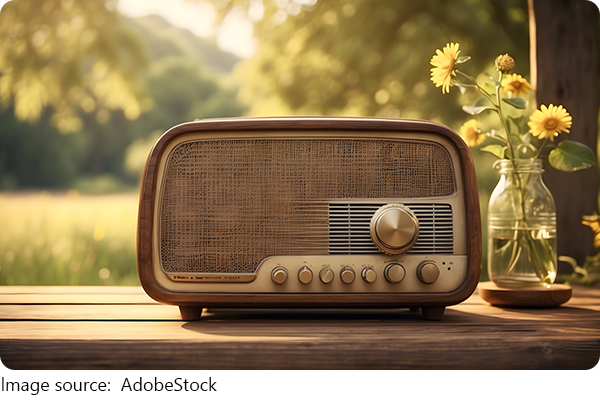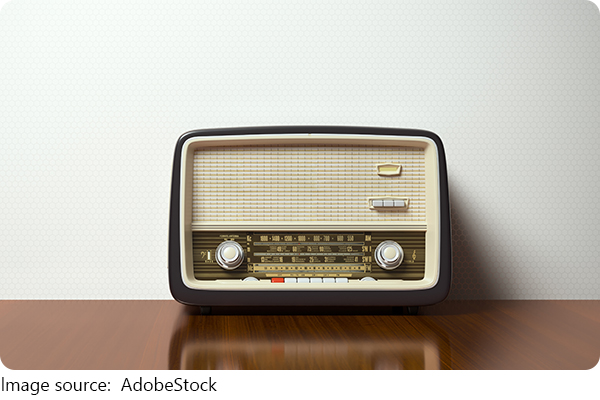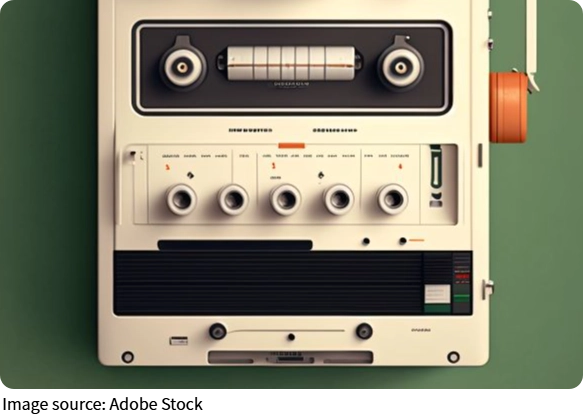Tune In Now

When we think of the radio, we may think of the old wooden box in the corner of our home when we were young, or the scene of someone listening to the radio in the park with a small radio.
Although it looks a bit "old-fashioned", the radio has been with us silently and witnessed the great changes in the dissemination of information. It is not only a tool, but also a memory of the times.
The basic principle of the radio
In simple terms, a radio is a device that can receive radio signals and turn them into sound. Radio stations send programs via radio waves, and radios are responsible for receiving these signals. We only need to select a channel to hear news, music, weather forecasts, and even live football games.

Various types of radios
There are many types of radios we come into contact with. Desktop radios are usually large and suitable for use at home; portable radios are lighter and convenient for us to carry with us; there are also pocket-sized or even miniature radios built into CD players, MP3 players, and even mobile phones. Sometimes we don't notice its existence, but it does work silently.
The role of different bands
The types of signals received by the radio include amplitude modulation (AM), frequency modulation (FM), medium wave (MW), short wave (SW), etc. FM has clearer sound quality and is suitable for listening to music; AM has a wider coverage range and is suitable for news and talk shows. Shortwave can be transmitted to farther places and even used across countries. We can choose the band according to our needs to make the listening experience smoother.
The evolution of internal structure
Early radios used vacuum tubes, which were large and consumed a lot of power. Later, they gradually developed into transistor and semiconductor radios. Until today, integrated circuit technology has made radios lighter, more energy-efficient, and easy to embed in various electronic devices. Nowadays, many mobile phones, Bluetooth speakers and even watches have radio functions, and we almost no longer need to buy a radio separately.
The role of radio in modern life
Although we have mobile phones, the Internet and various streaming platforms, radios are still irreplaceable in some scenarios. For example, during natural disasters, radios can continue to provide important information even when the Internet and power are disconnected; in rural or mountainous areas, it is still one of the main ways to obtain information. In addition, radios are also commonly used in school teaching, language learning, and car systems.
How do we choose or use radios?
If we still want to use radios, here are a few tips:
- Choose models with more FM functions: listen to music more clearly;
- Backup battery or solar models: for power outages or outdoor use;
- Small models with headphone jacks: suitable for commuting and walking;
- Try the built-in functions in your phone: many phones actually support FM, and you only need to plug in headphones to use them as antennas;
- Adjust the antenna position: near a window or high up, the signal will be better.

Radio, in fact, has never left
Although the technology around us is constantly updating, the radio has always retained its unique charm. It does not require a network, is low-cost, easy to use, and can play a role at critical moments. The radio is like a quiet and reliable friend, always with us.
Dear Lykkers, do you remember when was the last time you listened to the radio? What is your favorite radio program? Welcome to share your memories with us, maybe we can find that pure and warm sound time together.
History of the Radio
Video by Vintage History Channel


